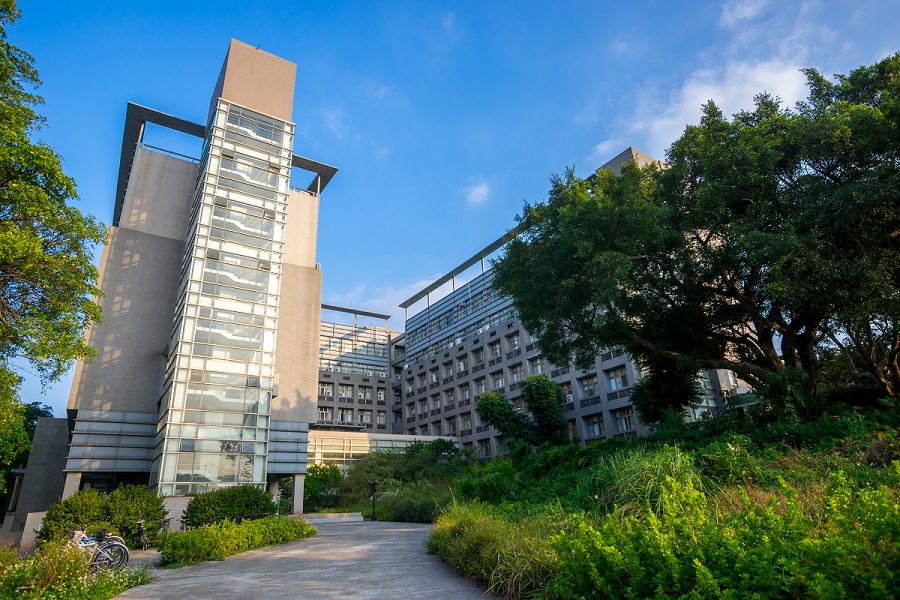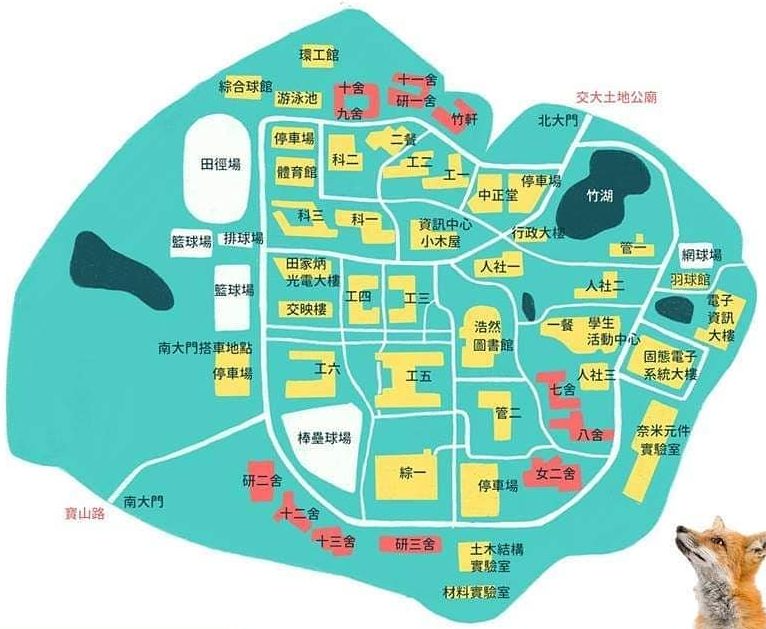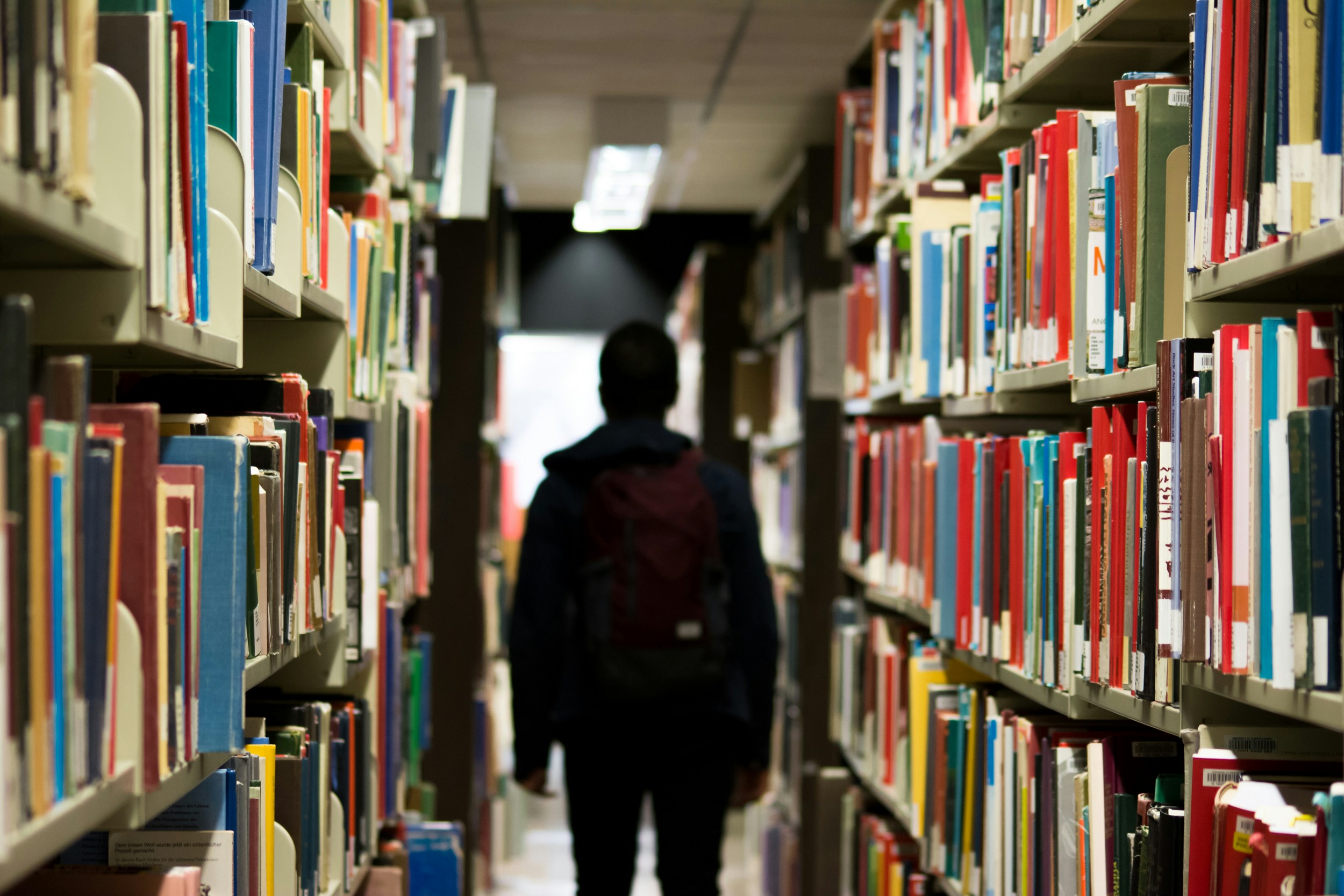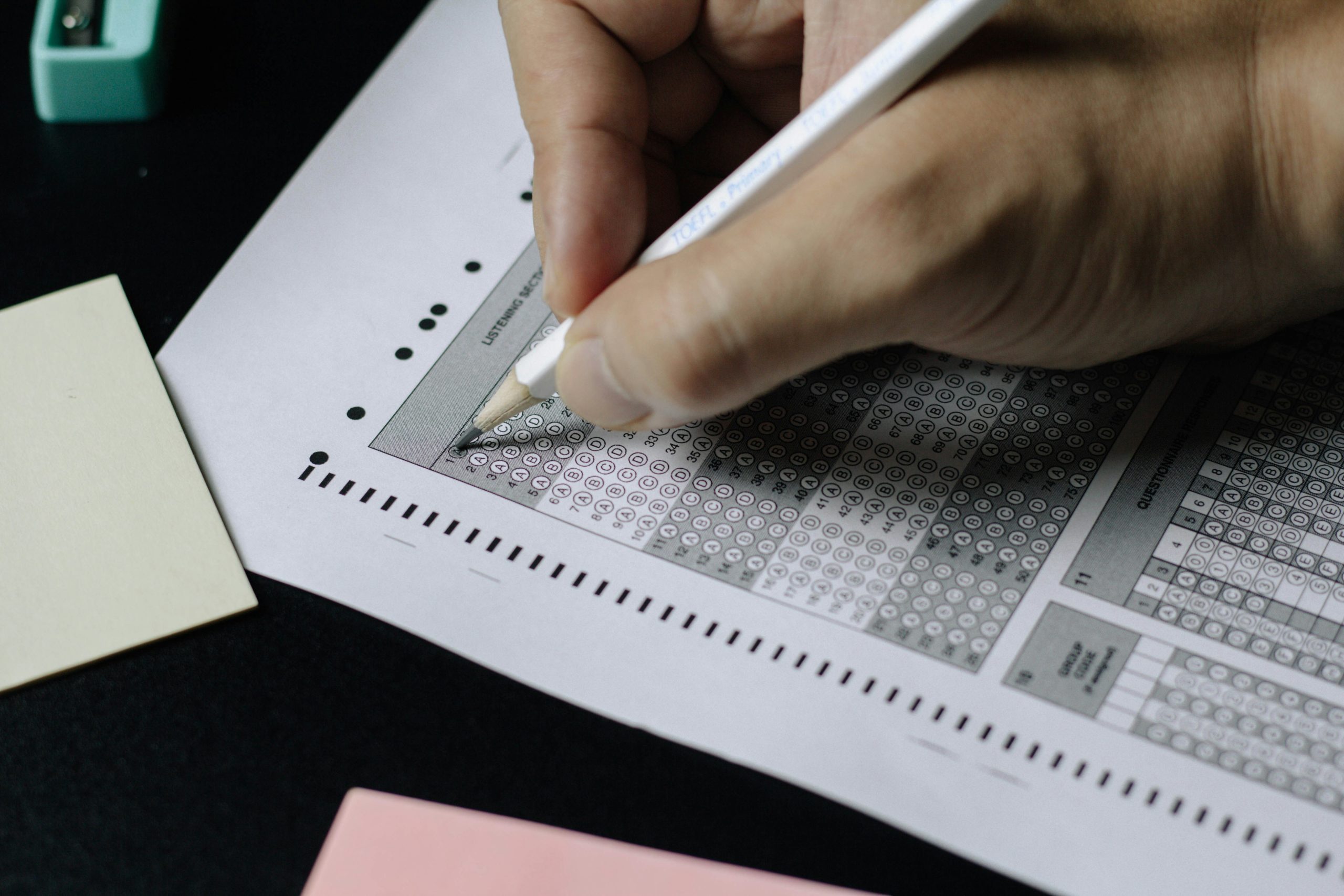FAQ



How do I get to Engineering Building 6?

How do I get to Engineering Building 6?
Route from the South Gate:
Enter the campus from the South Gate, go straight until you reach a T-intersection, then turn left. Continue along the road downhill; Engineering Building 6 will be on the right, with a parking lot on the left.
Route from the North Gate:
Enter the campus from the North Gate, turn right at the first intersection, and go straight to the end of the road. After passing the 7-11 and the swimming pool, turn left. Continue along the road past the volleyball and basketball courts; Engineering Building 6 will be located across from the parking lot.

Where is the class location?

Where is the class location?
Engineering Building 6 (EF):
The main courses are the advisor's office hours and Introduction to Materials. This building is the exclusive teaching building for the Department of Materials Science and Engineering. It is closest to Dormitory 12, making it very convenient for male students in the department.
Science Building 1 (SA):
This building mainly offers courses in physics, calculus, and physics experiments. It is the department building for the Department of Applied Mathematics. The exterior looks somewhat old, but the classrooms are still kept clean and tidy.
Science Building 2 (SB):
It is the department building for the Department of Applied Chemistry, primarily used for chemistry laboratory courses. It is located across from Science Building 1 and is close to the campus's second cafeteria, making it convenient for students to go for meals after completing their experiments.
Science Building 3 (SC):
It is the department building for the Department of Electrical and Computer Engineering, offering courses in physics, chemistry, and calculus. Located adjacent to Science Building 1, the two buildings are separated by an open plaza. Science Building 3 is one of the newer buildings on campus, featuring modern design and a beautiful environment.
General Building 1 (A):
This building primarily offers general education courses and English classes. Although the building appears somewhat old, it is conveniently located near the Butter Kitchen and Dormitory 3, making it easy for students to dine after classes.

How can I find the professor's office?

How can I find the professor's office?
How to find the professor's office location:
You can find the professor's office location through the school's course registration website. The specific steps are as follows:
- Open incognito mode and log in to the campus single sign-on portal.
- After entering the "General Course Registration System," click on "Course Planning."
- Plan the required courses, click on the selected class, and enter the "Course Syllabus."
- Click on "Faculty-Student Consultation" to find the professor's office location.
If you have already selected the course, you can also check through the E3 website:
- Log in to the campus single sign-on portal and enter the "E3 Digital Education Platform."
- After selecting the enrolled course, find "Course Syllabus" in the left sidebar.
- Click on "Faculty-Student Consultation" to find the professor's office location.
Meaning of the code:
After checking the professor's office location, you will see two letters followed by three digits. The first two letters represent the building (e.g., SB for Science Building 2). The first digit indicates the floor, and the last two digits represent the specific room number on that floor. After finding this information, please make an appointment with the professor in advance for the meeting time.
Common course codes for the Department of Materials Science and Engineering:
- SA: Science Building 1
- SB: Science Building 2
- SC: Science Building 3
- EA: Engineering Building 1
- EB: Engineering Building 2
- EC: Engineering Building 3
- ED: Engineering Building 4
- EE: Engineering Building 5
- EF: Engineering Building 6
- A: General Building 1
Laboratory location:
Currently, the General Physics Laboratory is located in the basement of Science Building 1 (SA), while the General Chemistry Laboratory is in the basement of Science Building 2 (SB). Laboratory locations may be adjusted in the future, so please stay updated by checking the notifications sent by the teaching assistants for the latest lab location information.

How to apply for an access card for Engineering Building 6?

How to apply for an access card for Engineering Building 6?
Eligibility: Non-Materials Science students of this university
- Please visit the Department of Materials Science website to download the "Non-affiliated Access Application Form," or obtain it in person from Ms. Chen at Engineering Building 6 (Room EF110).
- After filling out the application form, it must be signed by your advisor or the equipment manager. Once completed, submit the hard copy of the application form.
Eligibility: Non-university students
- Please visit the Department of Materials Science website to download the "Non-affiliated Access Application Form," or go to Engineering Building 6 (Room EF110) to obtain it from Ms. Chen.
- After filling out the application form, have it signed by your advisor or the equipment manager, and then submit the hard copy of the application form.
- Choose one of the following methods to complete the application:
- Method 1: Submit a deposit of 500 NTD along with the application form, and the applicant will receive a "temporary card."
- Method 2: If you have an EasyCard or iPass, you can swipe it at any access card reader in the building, and fill in the swipe date and time in the blank space on the application form. This method does not require a deposit, but the application form must still be submitted.
- The access application is valid for one year. If an extension is needed, please resubmit the application form.

Where is a good place to study?

Where is a good place to study?
National Chiao Tung University Library
The National Chiao Tung University Library offers various study spaces, including the Multi-Purpose Learning Area on the second floor, reading areas on the fourth, fifth, and seventh floors, a multi-purpose learning space on the sixth floor, and research cubicles on the seventh floor.
- Advantages: Comfortable environment, spacious area, various study spaces, no mosquito disturbance.
- Disadvantages: Open hours only until 9 PM.
- Recommendation Rating: ★★★★★
24-hr study center
Located on B1 of the National Chiao Tung University Library, 24K is a 24-hour open space, perfect for students who need to study at any time. In addition, 24K is next to the Women's Dormitory 2 Restaurant, making it easy to buy food when you get tired of studying.
- Advantages: Close to the Women's Dormitory 2 Restaurant, large personal space, ample seating.
- Disadvantages: Lots of mosquitoes, loud sound when swiping cards to enter/exit.
- Recommendation Rating: ★★★★☆
Dormitory Study Center
Each floor of every dormitory has dedicated study spaces, ideal for studying during midterms and finals without disturbing roommates.
- Advantages: Close to the room, convenient for discussions, no need to tidy up or dress up to go out.
- Disadvantages: Limited seating, more severe mosquito issues.
- Recommendation Rating: ★★★☆☆
Department Study Area
Located on the second floor of Engineering Building 6, the Department Study Area (系K) is a dedicated study space for the Department of Materials Science. After renovation, the environment has become more comfortable, making it a popular spot during midterms and finals.
- Advantages: Close to the classroom, ample seating, not easily disturbed.
- Disadvantages: Lots of mosquitoes, narrow hallway.
- Recommendation Rating: ★★★☆☆
Dormitory 12 Social Lounge
After renovation, the Dormitory 12 Social Lounge has added four small private rooms, making it ideal for discussing reports or quiet study.
- Advantages: Comfortable environment, quiet, no mosquito disturbance.
- Disadvantages: Only four small private rooms available.
- Recommendation Rating: ★★★★☆
Hidden Corner of the Second Dining Hall
The study space located behind the Subway in the second dining hall is rarely noticed. It offers a quiet environment, but the internet signal is weak, making it unsuitable for activities that require an internet connection.
- Advantages: Few people, can conveniently grab a meal.
- Disadvantages: Limited seating, poor internet signal.
- Recommendation Rating: ★★★☆☆

What is GPA?

What is GPA?
What is GPA?
GPA (Grade Point Average) is a system used to evaluate university students' academic performance, with scores ranging from 0.0 to 4.3.
Uses of GPA:
Applying for International Exchange Students
The higher the GPA, the greater the chance of being selected for an exchange program, with the possibility of receiving scholarship support.Applying for Graduate Schools (Domestic and International)
GPA plays a significant role in applications to universities and graduate schools abroad. U.S. graduate schools typically require a GPA of at least 3.0, with top-tier schools requiring 3.5 or higher. Domestic graduate school admissions also use GPA as a key evaluation criterion, reducing the pressure of entrance exams.Applying for Positions in Foreign Companies
GPA not only reflects a student's academic performance during their studies but also showcases the professional academic skills accumulated during their time at school.
How GPA is Calculated:
GPA = (Sum of Credits x Grade Points) ÷ Total Credits
Different Types of GPA:
- Overall GPA: The average grade of all subjects during the university period.
- Last 60 Credits GPA: Primarily the grades from junior and senior years. If fewer than 60 credits are completed, grades from the second semester of the sophomore year are included.
- Last Two Years GPA: The grades from the junior and senior years.
- Major GPA: Refers to the average grade of courses in the university major or the grades of elective courses related to the applied field of study.

How to apply for transcripts and enrollment certificates?

How to apply for transcripts and enrollment certificates?
Students can choose one of the following two methods to apply for academic records based on their needs:
Application Method 1: Online Application System
- Application Steps: Please visit the Online Application Website and follow the instructions at the bottom of the webpage to complete the application process.
- Collection Methods: You can choose to have the documents mailed or collect them in person at the Registration Office with your ID after the specified processing days.
- Payment Process: Pay by credit card or ATM. Processing will begin only after the payment is completed.
Application Method 2: On-Campus Automatic Payment and Document Application Service System
- Application Steps: There are two self-service kiosks available on the Guangfu Campus, located at B1 of Science Building I (directly below the Registration Office) and on the 1st floor of the Technical Service Center, providing document application services.
- Machine Service Hours: Monday to Friday, 8:00 AM to 6:00 PM (excluding national holidays).
- Collection Method: Documents can be collected immediately after application.
- Payment Process: You can choose to pay by cash or mobile payment.
Important Notes:
- Academic Records: Only physical copies are available; electronic files cannot be provided.
- Transcripts: Transcripts include records of all past semesters. To apply for the current semester's transcript, please submit your application within the designated announcement period.
- English Certificate of Enrollment and English Transcript: Please present the receipt or your ID at the Registration Office during office hours to collect these documents.
- For more detailed information, please refer to the guidelines.

What are the ways to relieve stress?

What are the ways to relieve stress?
In everyday life, everyone may encounter emotional distress. To help better cope with troubles, here are three practical methods for alleviating emotions.
**Method 1: Share Your Troubles with Someone**
When feeling upset, expressing or writing down your emotions can effectively alleviate mental stress. Try talking with family, friends, or roommates—they are usually more than willing to listen. The power of social support often exceeds our expectations. Everyone deserves kindness and care. Opening up and sharing your troubles can help release emotions and bring relief.
**Method 2: Explore Ways to Rest**
There are various ways to rest, and if you're unsure how to relax, you can draw inspiration from others. For instance, some people find solace in connecting with nature, while others reflect on life's vastness by stargazing. Additionally, immersing yourself in movies, anime, or novels can provide a temporary escape from sorrow. Experiment with different approaches to discover the method that suits you best.
**Method 3: Seek Assistance from Professional Organizations**
Seeking psychological counseling is not a sign of weakness; many people face emotional challenges, and those who courageously seek help deserve admiration. On-campus health and counseling centers offer professional services, providing support for issues such as relationship problems, mental health, anxiety, depression, and career guidance.
Psychological Counseling Center Information
- Location: 2nd Floor, Student Activity Center
- Website: Psychological Counseling Center
In addition to in-person appointments, students can also contact the center via email or phone. The Psychological Counseling Center has also compiled a list of nearby mental health clinics. If you or a friend need assistance, it is recommended to proactively reach out to the center so that professional counselors can help address the issues.

What is a buddy system?

What is a buddy system?
Every new student can connect with their assigned senior mentor through the buddy system. These mentors serve as personal campus guides, helping freshmen better adapt to university life.
What is a buddy system?
A buddy refers to a senior student exclusively assigned to a freshman. They are experienced mentors in campus life, offering valuable insights and advice.
How can I find my buddy?
Each department's student association regularly organizes Buddy Meetups, where freshmen are paired with sophomores through a random process, such as a draw. These meetups not only facilitate buddy pairings but also include fun activities and late-night snacks, creating a relaxed environment for new students to get to know each other. It's a rare cross-year gathering that freshmen are highly encouraged to join.
The buddy system is like being part of a family.
The buddy system operates like a big family, with new students joining every year, forming a chain of mentors and mentees. This continuous influx of new members ensures that every freshman feels the warmth and support of a family on campus. Seniors guide the freshmen step by step, helping them integrate into campus life.
Dual Support for Academics and Social Life
Buddies are not only there to help freshmen with daily life issues, but many senior mentors are also willing to share study resources, such as past exam papers and report records, to assist their juniors in navigating academic challenges. Additionally, they regularly organize gatherings, such as family-style dinners, to foster relationships between different cohorts and share important information on further studies and employment opportunities, making them a valuable source of support.
The Importance of Interaction Etiquette
Freshmen should maintain politeness when interacting with their buddies, especially when meeting seniors they haven't encountered before. Being mindful of their attitude and fostering a relaxed atmosphere helps maintain good relationships. These connections will become valuable references in the future, whether in further studies or employment opportunities.
